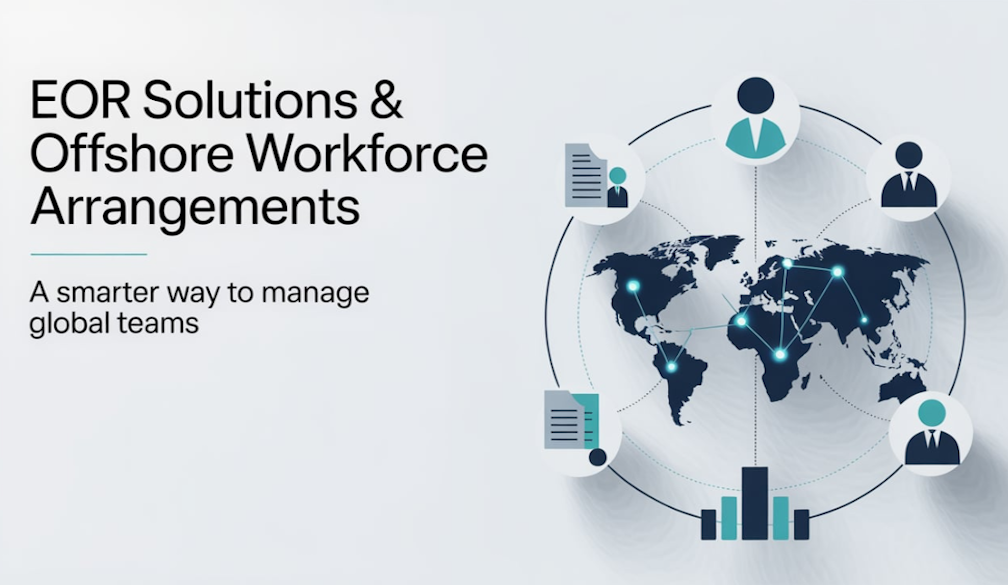What is Telematics?

Telematics is an interdisciplinary field that combines telecommunications and informatics, focusing on the long-distance transmission of digital information to facilitate real-time data sharing and communication. In recent years, telematics has become increasingly integral to various industries, particularly in the business sector, where it offers numerous advantages for operational efficiency, safety, and productivity. For Australian business owners, understanding telematics is crucial as it provides tools and solutions that can significantly enhance business operations. From fleet management to asset tracking and beyond, telematics offers actionable insights through the collection, analysis, and utilisation of data.
Telematics involves a combination of technologies that work together to provide comprehensive data solutions. The core components typically include the Global Positioning System (GPS), which is a satellite-based navigation system allowing for precise location tracking of vehicles and assets. This system is the backbone of most telematics solutions, enabling businesses to monitor the movements and positions of their fleets in real-time. Telecommunications, involving wireless communication networks such as cellular or satellite networks, are essential for transmitting the data collected by GPS and other sensors to a centralised system where it can be analysed and utilised. Onboard Diagnostics (OBD) systems interface with a vehicle’s internal computer, providing information on various parameters such as engine performance, fuel consumption, and maintenance needs. Additionally, sensors and actuators are hardware components that gather data on factors like speed, braking patterns, fuel levels, and environmental conditions. Finally, software platforms aggregate, process, and display this data, providing businesses with actionable insights through user-friendly interfaces.
For Australian business owners, telematics can be leveraged in several ways to improve operational efficiency and reduce costs. One of the most widespread uses of telematics is in fleet management. Businesses with vehicle fleets can track their movements, monitor driver behaviour, and optimise routes, which helps in reducing fuel consumption and maintenance costs while improving customer service by ensuring timely deliveries. Telematics can also be used to monitor the location and condition of high-value assets. Whether it is construction equipment, shipping containers, or rental vehicles, businesses can ensure their assets are used efficiently and are protected against theft or misuse.
Telematics systems can monitor driver behaviour, providing data on speeding, harsh braking, and other unsafe driving practices. This information can be used to implement training programs, promote safer driving habits, and ensure compliance with industry regulations and standards. By continuously monitoring vehicle health and performance through OBD systems and sensors, telematics enables predictive maintenance, allowing potential issues to be identified and addressed before they lead to costly breakdowns or downtime. Another application is insurance telematics, also known as usage-based insurance (UBI), which allows insurers to adjust premiums based on actual driving behaviour. For businesses, this can lead to significant savings on insurance costs, especially if they maintain a safe driving record.
Implementing telematics can offer numerous benefits for Australian businesses. By optimising routes, reducing fuel consumption, and minimising vehicle wear and tear, businesses can achieve substantial cost savings. Telematics can help lower insurance premiums and reduce losses due to theft or misuse of assets. Real-time tracking and data analysis enable businesses to make informed decisions quickly, leading to improved operational efficiency, better resource allocation, and enhanced productivity. Monitoring driver behaviour and vehicle performance helps in promoting safer driving practices and reducing the risk of accidents, protecting employees and minimising the potential for liability issues. Telematics systems can ensure compliance with various industry regulations and standards, such as those related to driver hours and vehicle maintenance, helping businesses avoid fines and other penalties. By improving delivery times, ensuring the timely availability of assets, and providing accurate ETAs, businesses can enhance their customer service and satisfaction levels.
While telematics offers numerous benefits, there are also some challenges and considerations that Australian business owners need to keep in mind. The upfront cost of implementing telematics solutions, including hardware and software, can be significant; however, the long-term savings and efficiency gains often justify this investment. Handling large volumes of sensitive data requires robust security measures to protect against breaches and ensure compliance with privacy regulations. Businesses must implement stringent data protection protocols to safeguard their information. Integrating telematics solutions with existing IT infrastructure and workflows can be complex, so businesses need to ensure compatibility and seamless data flow between different systems. Ensuring that employees are trained to use telematics systems effectively is crucial for maximising their benefits, which may require ongoing training and support to keep up with technological advancements. Additionally, businesses should choose telematics solutions that can scale with their operations. As the company grows, the telematics system should be able to accommodate additional vehicles, assets, and data without compromising performance.
The telematics by Radius represents a significant advancement in how businesses can manage their operations, particularly in areas involving fleet and asset management. For Australian business owners, understanding and leveraging telematics can lead to improved efficiency, cost savings, enhanced safety, and better customer service. While there are challenges associated with its implementation, the long-term benefits make telematics a worthwhile investment for businesses looking to stay competitive in an increasingly data-driven world. By carefully considering their specific needs and choosing the right solutions, businesses can harness the power of telematics to drive success and growth.
























